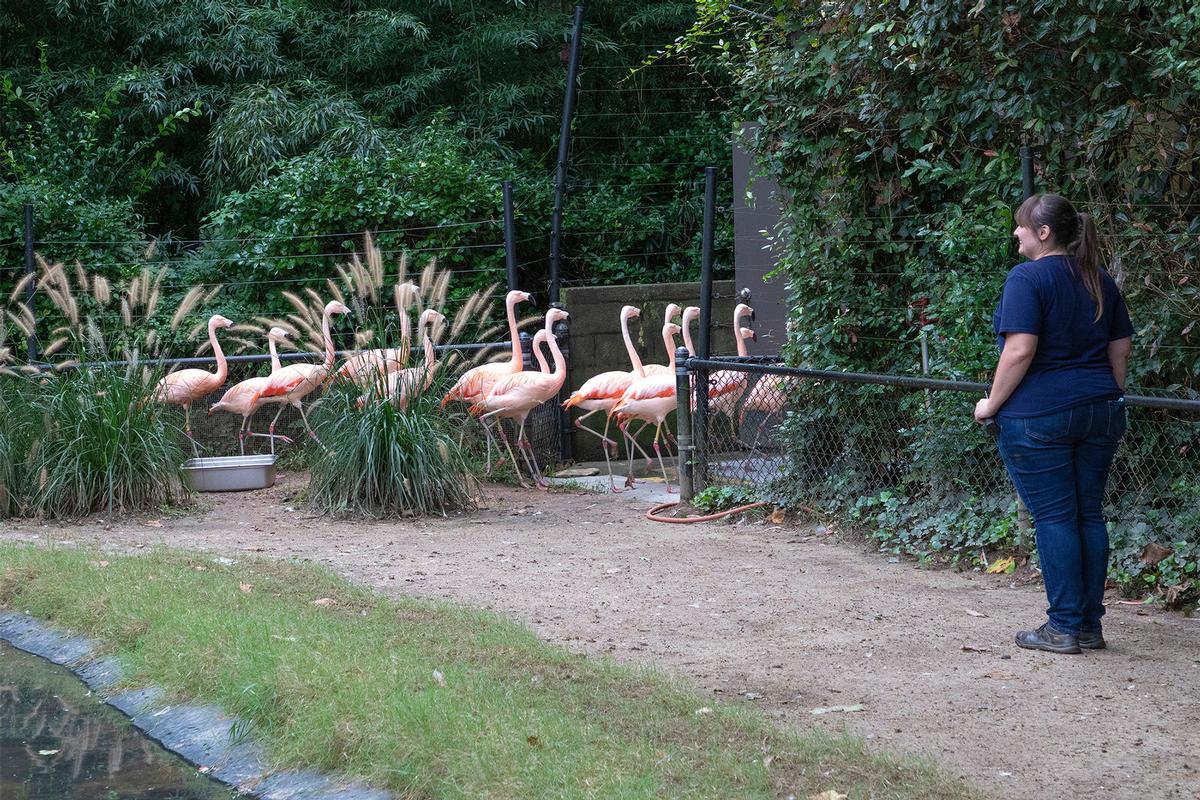see all jobs
Zoos and aquariums need to be 'more prepared than ever' to deal with natural disasters, says WAZA

With weather-related incidents seemingly on the increase in terms of frequency and intensity, zoos and aquariums need to be more prepared than ever to deal with natural disasters, according to Janet Ho the World Association of Zoos and Aquariums' (WAZA) director of membership.
Speaking in the latest issue of Attractions Management, Ho highlighted a number of zoos and aquariums that regularly find themselves in the eye of the storm, and what preparations they make to be ready for such an incident.
When Hurricane Dorian recently hit the Caribbean, US and Canada, emergency plans were put into practice. With the Atlantic hurricane season due to last until the end of November, many zoos and aquariums are a long way from being able to relax.
As examples, the South Carolina Aquarium has a formal plan for dealing with hurricanes and severe weather conditions that stretches to 71 pages. Florida's Brevard Zoo has "a plan in place and lots of practice". Jacksonville Zoo and Garden, also in Florida, has designated storm cover facilities for every one of its 2,000 rare and exotic animals.
"Through careful planning, zoos and aquariums are able to anticipate and quickly react in an emergency, deciding on whether to stay and weather the storm or evacuate the animals to a different location," said Ho, who pointed out that many regional and national zoo and aquarium associations require their members to create extensive disaster preparedness plans, to ensure they are ready for any eventuality.
"There needs to be clear forward-thinking about whether the animals are going to be moved to safer areas until after the storm has passed, or whether they will remain in its path," she said. "If the latter is the decision, investment in storm-proof infrastructure must be made and plans must be drawn up for staff to also remain."
There are good reasons why many zoos and aquariums have elected to keep animals in their homes during emergencies.
"Moving animals from the eye of the storm can be incredibly complicated and often comes with grave risks," said Ho. "Staying means ensuring safe shelter, as well as back-up supplies and power generators for staff remaining with the animals."
South Carolina Aquarium has shared some details about its hurricane and severe weather plan in a blog post, revealing that it starts preparations immediately as the hurricane season opens. This includes maximising stocks of animal food at the start of each month, taking a headcount of all animals and meeting frequently to plan and make sure everything goes smoothly in the event of bad weather.
All of this happens even before a hurricane's approach is confirmed. Thereafter, the aquarium staff begin installing metal panels over all glass windows, collecting any loose objects outside of the aquarium, topping off all exhibits and back-up tanks (both freshwater and seawater), distributing sandbags throughout the facility, ensuring first-aid and veterinary supplies are amply stocked, and checking that its emergency teams – both a Ride-out Team and a Recovery Team – are ready.
Should the worst happen, even after all measures have been taken, the zoo and aquarium community is there to help out, said Ho: "The wider zoological community has proven its resilience and adaptability, as well as its sense of community, often coming to the aid of an afflicted facility."
For more from Janet Ho, see the latest issue of Attractions Management, available now.
More News
- News by sector (all)
- All news
- Fitness
- Personal trainer
- Sport
- Spa
- Swimming
- Hospitality
- Entertainment & Gaming
- Commercial Leisure
- Property
- Architecture
- Design
- Tourism
- Travel
- Attractions
- Theme & Water Parks
- Arts & Culture
- Heritage & Museums
- Parks & Countryside
- Sales & Marketing
- Public Sector
- Training
- People
- Executive
- Apprenticeships
- Suppliers
















































